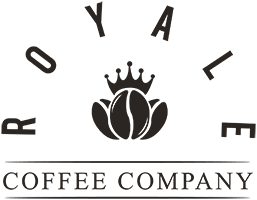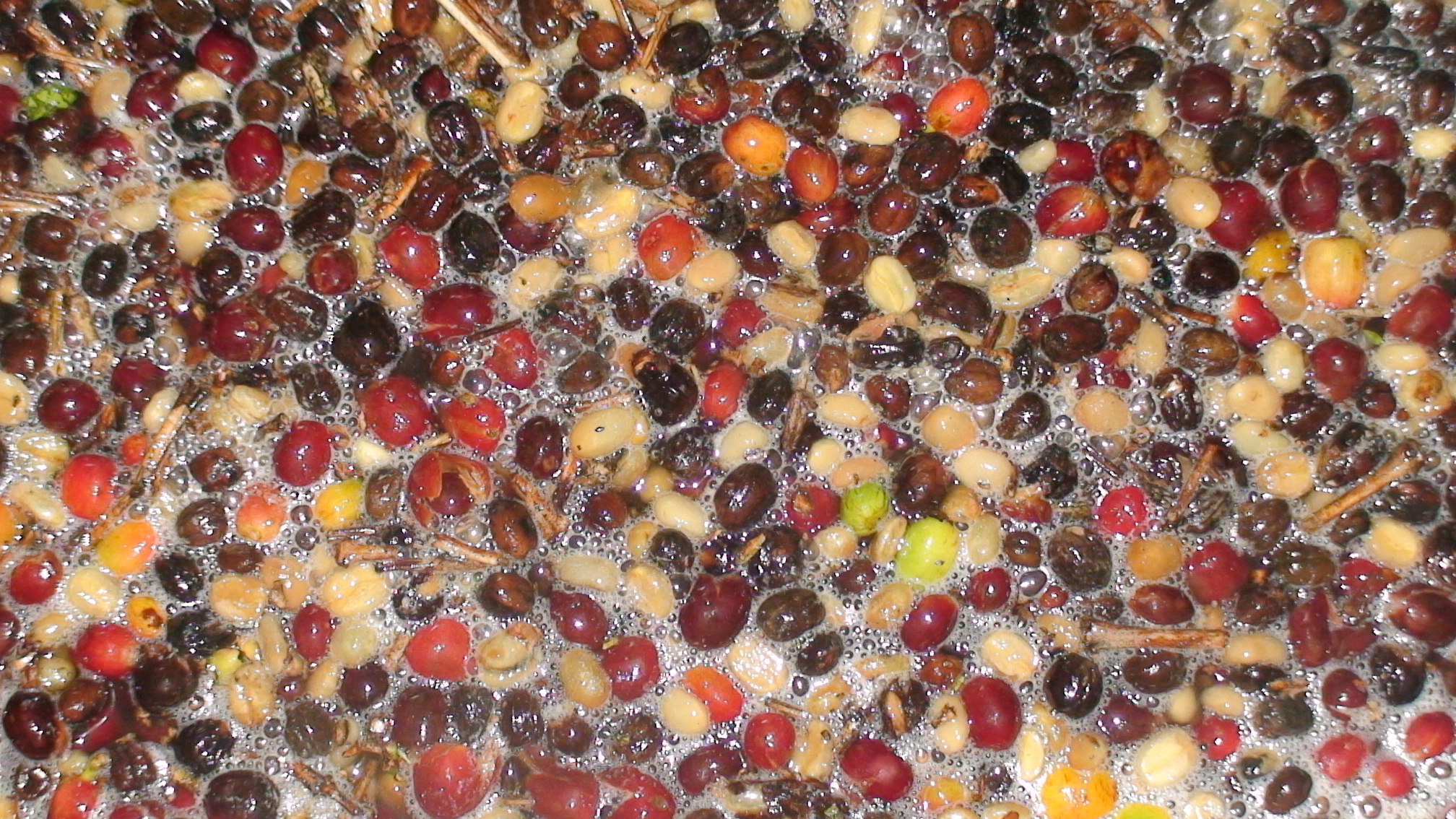Coffee processing simply is separating the coffee bean from the fruit. The components are the outer skin (sometimes referred as pulp), a sticky mucilage layer and a papery skin that surrounds the two halves of the coffee bean. Processes vary widely from region to region but also vary based on environment, availability of water, labor, and economics.
Processing methods impact the characteristics of the coffee and roasting. There are many variations, and the terminology can be confusing. For this discussion the two main categories impacting the cup characteristics will be reviewed.
Washed
Fully and Semi Washed – The coffee cherry is fermented in water tanks right after harvest then pulped to remove the skin and mucilage. Or the pulp is removed mechanically (semi-washed). The coffee is the washed again to remove any remaining mucilage.
Washed coffees have a clean cup and flavor as the mucilage and pulp is fully removed. This allows the true taste of the coffee origin and terroir to come through in the cup. Typically, will be livelier in acidity, flavors, and uniformity.
Dried
Natural or Fruit Dried – The cherry is picked then laid out on patio or raised beds to dry to 12% moisture.
Pulp Dried (or Honeyed) – The fruit is pulped and still contains some mucilage then laid out to dry.
Dried process impacts the coffee body and fruity flavors what come from the coffee fruit itself. The process will be less uniform and consist as washed which can impact the roasting process and uniformity of the cup.
Personally, I enjoy a good natural from time to time (you can really taste the coffee fruit). But on the other hand, I also enjoy the true taste of single origin washed coffees as they are all so uniquely different.
The process methods of Royale Coffees can be found in the description section (see the Shop Page). Try some different types and find your favorite coffees!

